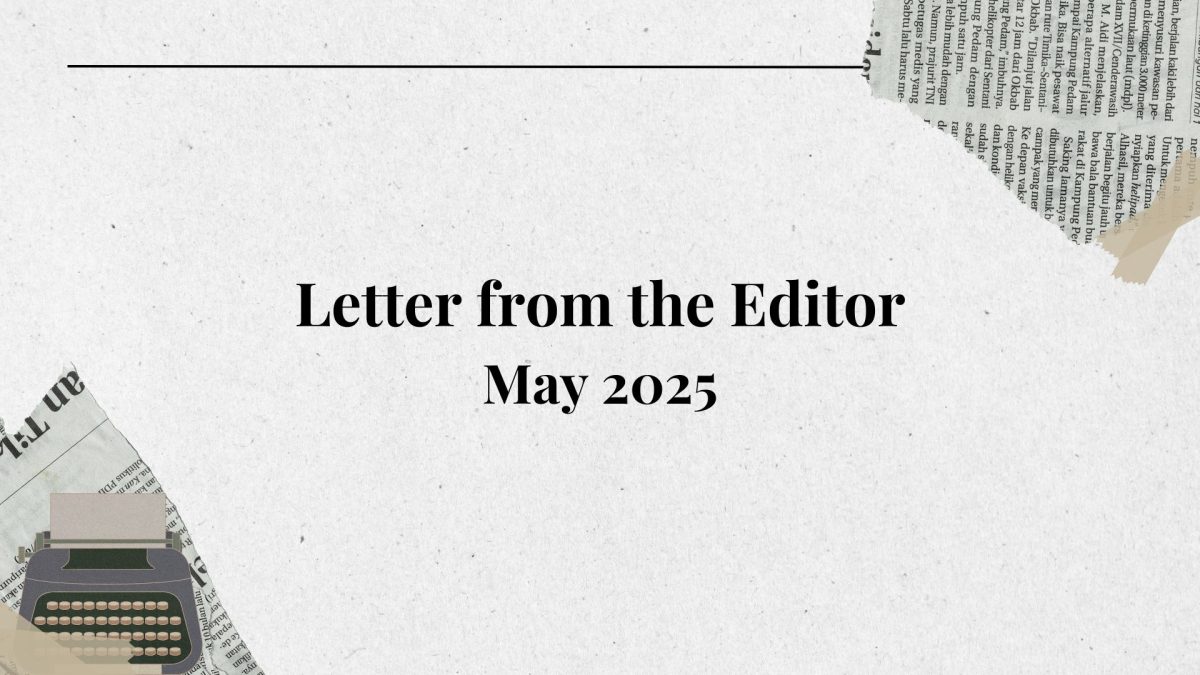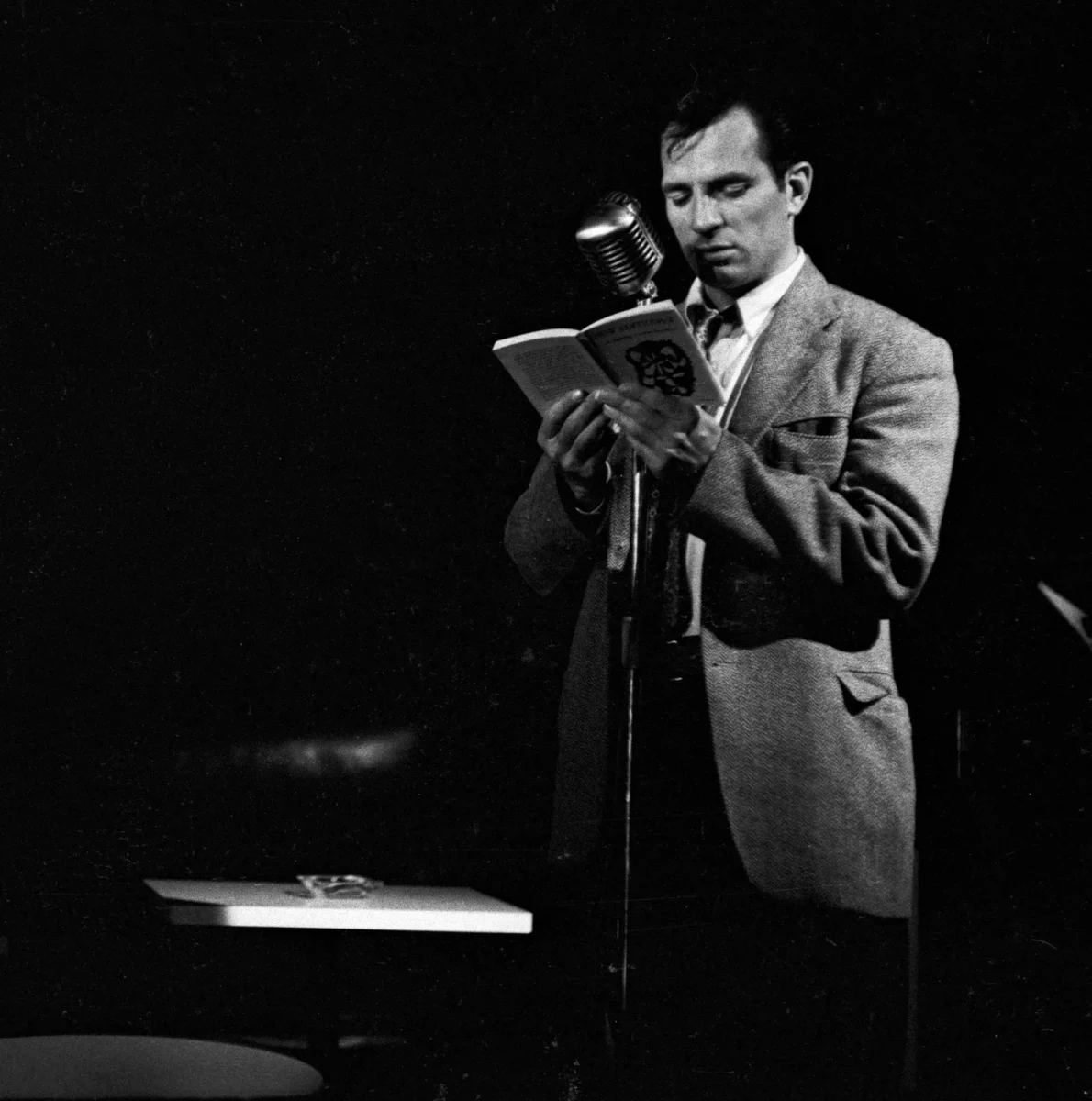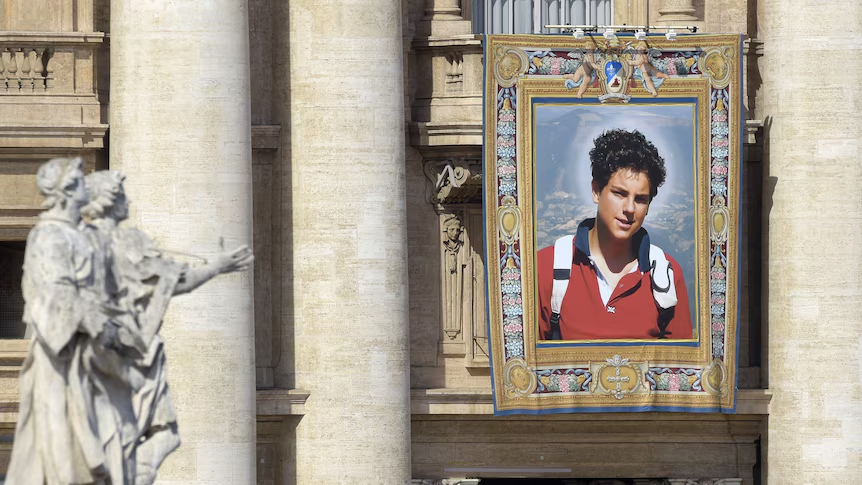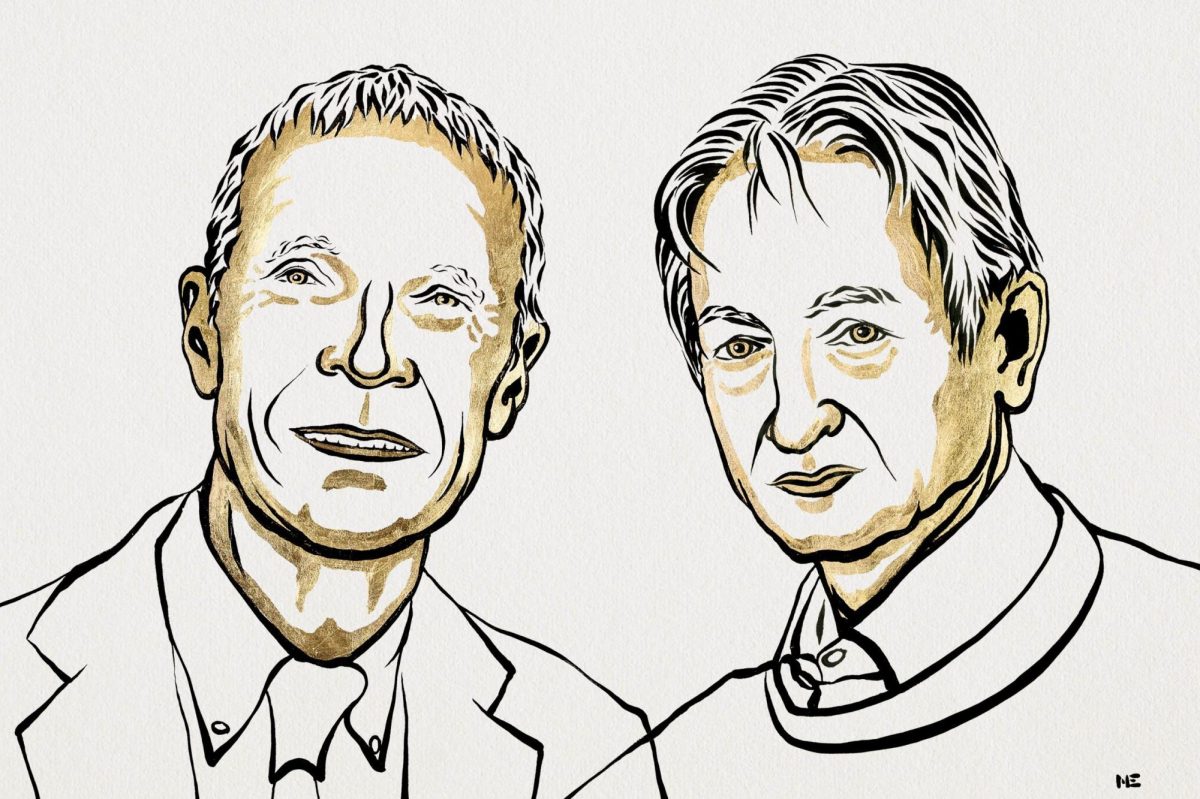A clock is ticking above a massive city. A man is about to throw himself from the tallest building when he literally orders time to stop. And it does. The clock stops, and the cars in the streets are frozen, no longer moving or making any sound. After he pulls himself back in a relatively safer position, the man orders time to “go.” Once again, it obeys: the clock returns to ticking and the cars move and honk.
This is the opening scene of Megalopolis, an epic science fiction film directed by Francis Ford Coppola, director of The Godfather trilogy, among other great films. The movie takes place in an atemporal version of New York City (called here “New Rome”) and follows architect Cesar Catilina (Adam Driver) and his attempt to rebuild the city with the fictional material “megalon”, a project obstructed by the city’s mayor Cicero (Giancarlo Esposito), while Cicero’s daughter Julia (Nathalia Emmanuel) begins a romance with Cesar.
One of the most striking features of Megalopolis, aside from its visually stunning special effects, is the deep influence of ancient Roman history and culture on the film. New Rome is controlled by a handful of Patrician families while most people live in poverty, recalling the Roman Republic’s social structure. Character names harken back to significant figures in Roman history: “Cesar Catilina” is a reference to both Julius Caesar and the alleged conspirator Catilina, while Cicero’s name is a nod to the eponymous orator. The storyline follows the historical political conflict between Cicero and Catilina. These winks make Megalopolis the latest addition to a powerful trend in science fiction, spanning both arthouse movies such as Megalopolis itself and pop culture media such as The Hunger Games and Star Wars, to depict futures inspired by ancient Rome. While this symbiosis between sci-fi and Roman history can be explained in several ways, it may be an effect of German polymath Spengler’s theories.
The Star Wars prequel trilogy also owes much to ancient Rome for its world-building and storylines. The universe of the movies essentially consists of a vast, galaxy-spanning nation (the Galactic Republic) headed by a senate residing in a powerful urban center (Coruscant, a planet covered by a single enormous city). This fictional world parallels the situation of the Roman Republic, which also controlled a large territory from a single important city and was governed by a senate. Furthermore, the general synopsis of the movie is the overthrow of a republic by a demagogue (Palpatine) which turns it into an empire. This is a very broad parallel to the historical events that led to the demise of the Roman Republic at the hands of Julius Caesar and the creation of the Roman Empire under Augustus. While the movies do not follow Roman history point by point, and certainly simplify events a bit, the overreaching structural similarities are evident.
In a more down-to-earth style, the Hunger Games book and movie series also depicts a future inspired by the Roman Empire. The post-apocalyptic nation of Panem is ruled by the urban center Capitol City, which forces the districts making up the country to provide items such as food, electronics, and energy sources. While ancient Rome was slightly less parasitical than Capitol City, the layout of Panem does resemble the general structure of the Roman Empire. Most importantly, the Hunger Games themselves strikingly recall the “games” in Colosseum, where slaves from different parts of the empire were forced to fight themselves and wild animals to the death, much like tributes the books and movies are forcibly extracted from the districts to fight each other or genetically engineered “mutations”.
So, this idea of a future looking like ancient Rome in many (typically the most negative) aspects is pervasive in modern sci-fi dreamscapes. This pervasiveness may be explained in terms of the theories of Oswald Spengler, a German polymath (basically a person who specializes in countless different subjects) who proposed a theory according to which civilizations in history follow a cycle of birth, life, decay, and death similar to the life cycle in living beings. He thought civilization was born when a group of people sharing a culture came together, reached a period of splendor in economics, politics, and culture, and eventually declined during a period he called “Caesarism”, where executive rulers held absolute control over their populations, which were lulled into complacency by both widespread resources (which Spengler called “panem” after the Latin word for bread” and vast entertainment or “circenses” (games). In the history of the Greek-Roman civilization, Spengler identified this decline in the late Roman Empire, with panem being literal bread (readily available from parts of the empire such as Egypt) and circenses being the famous gladiatorial games. Spengler predicted such a future for Western civilization (Europe and North America) when he believed most democracies would turn into dictatorships in the Caesarian mold, employing ancient Roman symbolism to describe this view of the future. While his theories were (and still are) very controversial, their influence is undeniable. It is likely that they have inspired much science fiction to create dystopian and apocalyptic futures in which Spengler’s Roman symbolism is made literal.
Indeed, it is interesting to notice that the Roman-inspired works mentioned above only borrow the negative aspects of ancient Rome, the same ones mentioned by Spengler. For example, they feature powerful emperors, such as Palpatine from the Star Wars movies, and dictators like Coriolanus Snow of The Hunger Games, brutally ruling over their nations with unchecked executive power. Moreover, they tend to feature violent and cruel games that provide mindless fun to adoring masses in order to keep them subjugated, like the Hunger Games and the Colosseum featured in Megalopolis, where the gladiators literally wear tunics and use horse chariots, as well as the pod race on Tatooine, which also resembles ancient chariot races. All of these are both reflections of Spengler’s beliefs and expressions of wider fears about the strongman-ruled society he described and may turn into reality.
Whether his theories were correct or false, they have turned the icon of ancient Rome into a symbol and warning for a dark future that may not be as remote as an apocalypse or a galactic empire.







































